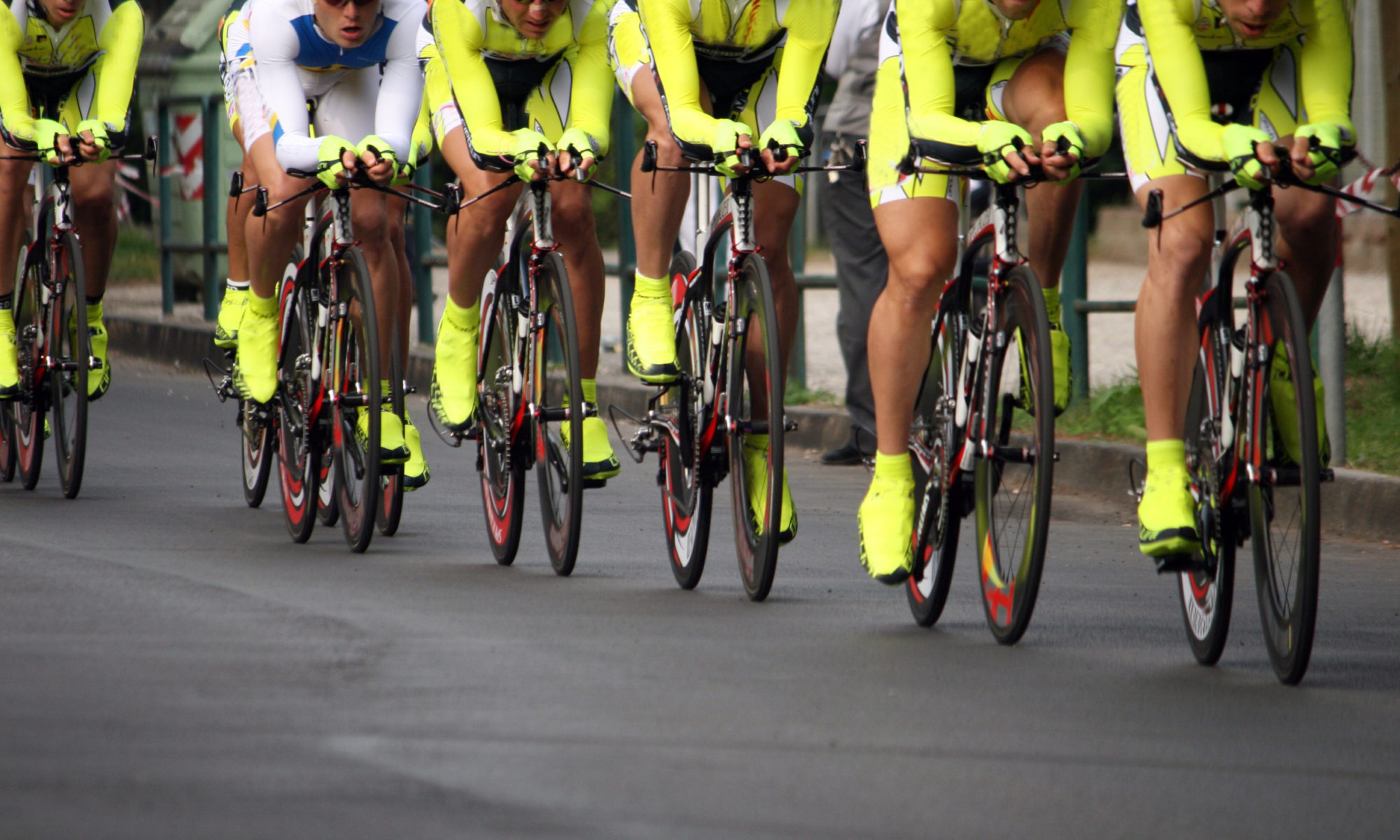by Dr. Donald N. Sweet
There are three simple steps to help you get more accomplished. Notice I said simple, not easy. While they are simple, the discipline to stick with them is usually far from easy.
First, define your longer term targets. These are usually best set out a reasonable amount of time in the future. Somewhere from one to five years is often a good place to start. As Yogi Berra said, “If you don’t know where you’re going, you might not get there.”
The next step is to set moderately difficult intermediate goals. The trick here is to make them ones that will stretch you, but still be reasonable for you to accomplish. I know a young lady in her twenties, a millennial, who set a goal of doing one unaided pull-up. That’s right, one. When asked why she only set one as her goal, she replied that since she had never done a pull-up unaided before, she thought that was a good place to start.
What this person intuitively realized is that setting moderately difficult, but attainable goals, improves the probability of success. Many of us have been known to set lofty goals, ones that we have little chance of attaining. Along a similar vein, someone in the same situation as this young lady who set twenty pull-ups as a goal, and only achieved two, would feel a failure. They would then be less likely to try to stretch themselves the next time.
This millennial, on the other hand, is more likely to stretch herself again after attaining her more modest stretch goal. Keeping the initial targets manageable actually improves probabilities of success because they seem more within our grasp. As Lao Tzu, an ancient Chinese philosopher said, “A journey of a thousand miles begins with one step.”
The third of our simple steps is perhaps the most difficult, discipline. That is where we keep at something until we have sufficiently mastered it. Once again that is where the tactic of this individual above comes into play. Keeping the goal challenging, yet achievable, makes the discipline required to accomplish it more realistic. In turn, that success fuels the next moderately difficult challenge and its accomplishment.
Following these three steps helps one build the virtuous cycle that perpetuates both achievement and success. The blending of 1) longer term goals, 2) moderately difficult targets, and 3) discipline to continue to work toward the target, will help anyone accomplish their goals with more regularity. And of these three, I believe the middle one is of most importance. Thank you, Diana, for showing me this so clearly.
